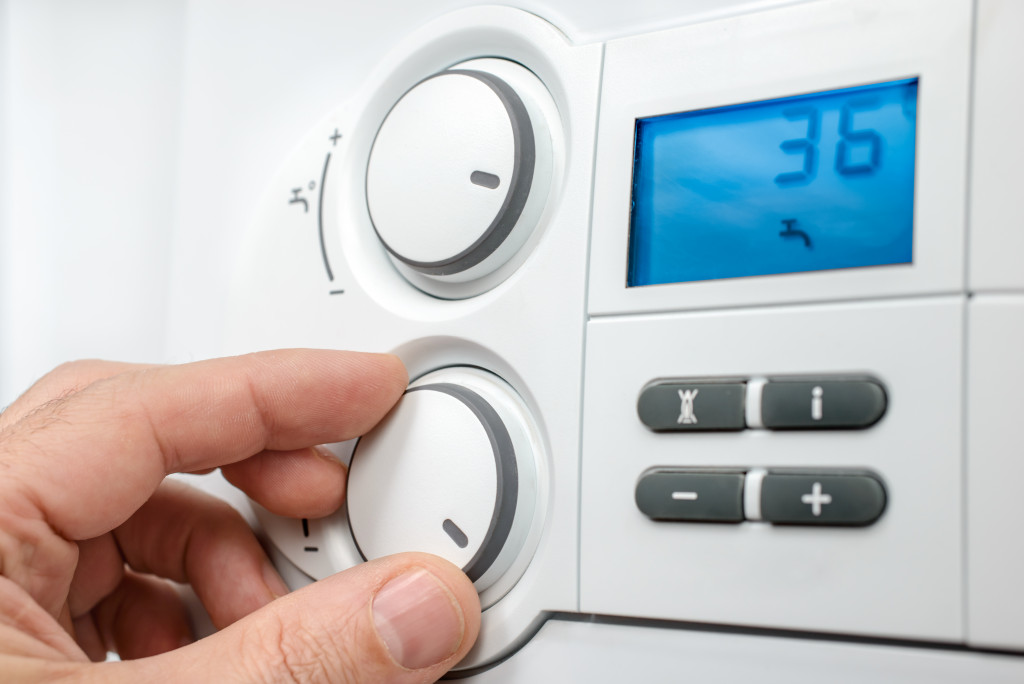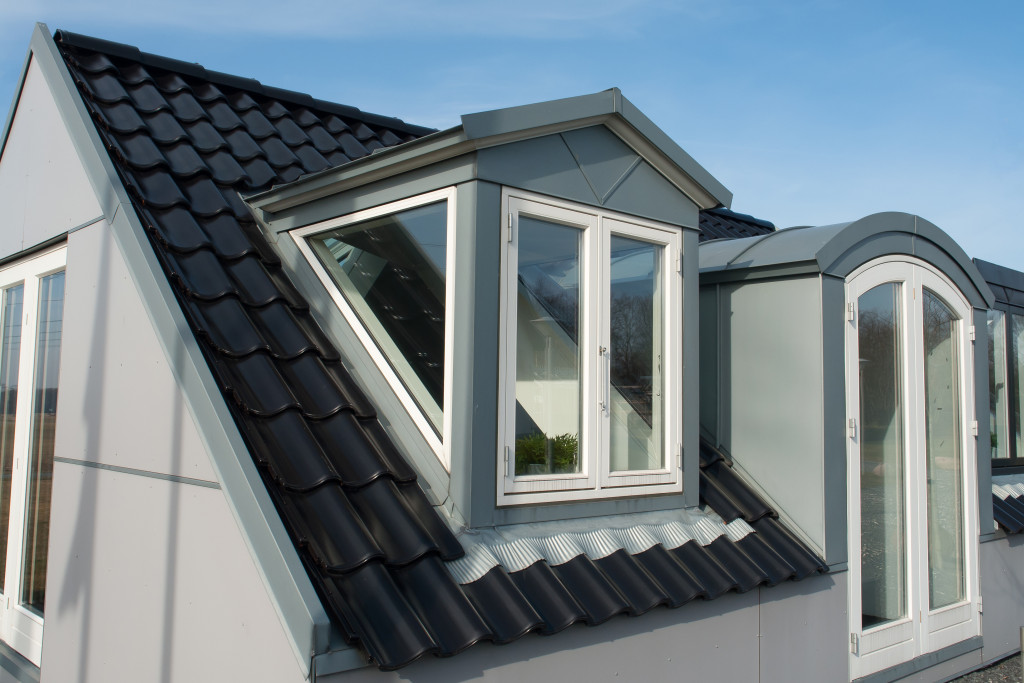Regardless of the season, the house is vulnerable to damage caused by fluctuating temperatures, heavy rain, and stormy winds. It is a universal thing that the temperature inside the house hardly or never aligns to the temperature outside. As a result, the heating and cooling systems consume more energy.
This not only results in expensive utility bills but also harms the environment. If you want to save money on repairs, avoid inconveniences, protect the planet, and decrease utility costs while ensuring your house stays in good condition for the next several years, here are a few things to consider:
1. Repaint the outside of your house
Your home’s exterior is directly exposed to harsh weather conditions. Thus, it is wise to start weatherproofing from here. While high temperatures cause your exterior sidings to stretch or shrink, strong UV rays chip in and peel the paint. Hence, water seeps through the gap and damages the home’s structure. It also serves as a breeding ground for algae and mold.
Consider exterior house paint to save yourself all of this headache. Repainting the outside of your home with a suitable coating designed for outdoor circumstances works wonders. Consult an expert, and he will explain how new-age painting counteracts UV rays, prevents water from seeping into the walls, and keeps unpleasant growths at bay.
2. Install storm windows
Storm windows, as the name implies, protect chilly winter air and violent storms. In addition to adding storm windows, ensure that the existing ones are of satisfactory quality. Also, apply waterproof sealant on old windows to ensure that extreme temperatures do not get through.
3. Insulate
Insulation isn’t the cheapest solution, but it provides the highest return on investment. Insulating attics and basements avoid heat loss in the winter and cold air loss in the summer. Regulating the inside and exterior air ensures that the temperature in the house is balanced and that less HVAC is used. Thus, you will also save money on utility bills.
4. Install honeycomb cellular shades
Honeycomb cellular blinds keep frigid air out of windows and window frames. So shut them at night and open them in the morning. Because evenings are chilly, you’ll want to be away from the brisk winds, whereas soaking up the rays on a warm sunny day.
5. Install thermostats

These are good for saving about 10% on heating and cooling expenditures every year. The installation of a programmable thermostat regulates the temperature in the home.
6. Use door sweeps
Do you know that the spaces surrounding the front and rear doors allow in the same volume of air as a half-opened window? Therefore, it is suggested that you attach door sweeps and weatherproof your home. Door sweeps are the most affordable way to seal leaks efficiently.
7. Cover flue
The chimney permits warm air to escape when the fireplace is not in use. Hence, it is best to close the chimney while not in use. Call a professional to place a balloon on it. It inflates beneath the chimney, preventing warm air from exiting. In addition, when you light the fire, it will deflate for the chimney to operate normally.
8. Clean sewer
Clean up the sewage and drains to allow rainwater to flow freely. Junk, litter, scraps, leaves, dirt, and other waste traps the rainwater. When the trap water freezes, it stretches and does damage. Prevent such accumulation with a mesh or spiny drain leaf guard filter.
9. Cover water heater tanks
Is your water heater tank housed in a closed space, such as a barn, basement, or garage? Then I’m sure there must be a lot of heat loss, as well as the additional expense of reheating the water. Therefore, it is preferable to cover your water heater tank with sheets. Consider pipe insulation foam for tank-less heaters. Both of these techniques reduce heat loss while saving money on utilities.
10. Seal exterior outlets
This isn’t something that occurs to all. But it is a fact that air/heat penetration to some extent happens through sockets and switches on the exterior of the house. Sealing them would prevent unnecessary heat loss and drafts. You need to insulate and lock windows, doors, attics, and the basement, so why not one more thing? It won’t add up more cost too. Hence, seal the exterior outlets as well.
Weatherproofing, when done correctly, effectively decreases energy usage. According to the EPA, air sealing and house insulation can save you up to 15% on heating and cooling expenditures. Besides, it lessens the harmful influence on the environment. In addition, it promotes your and your family’s better health and well-being. So even if you need to invest a few bucks, having your home ready for any weather is valuable.











